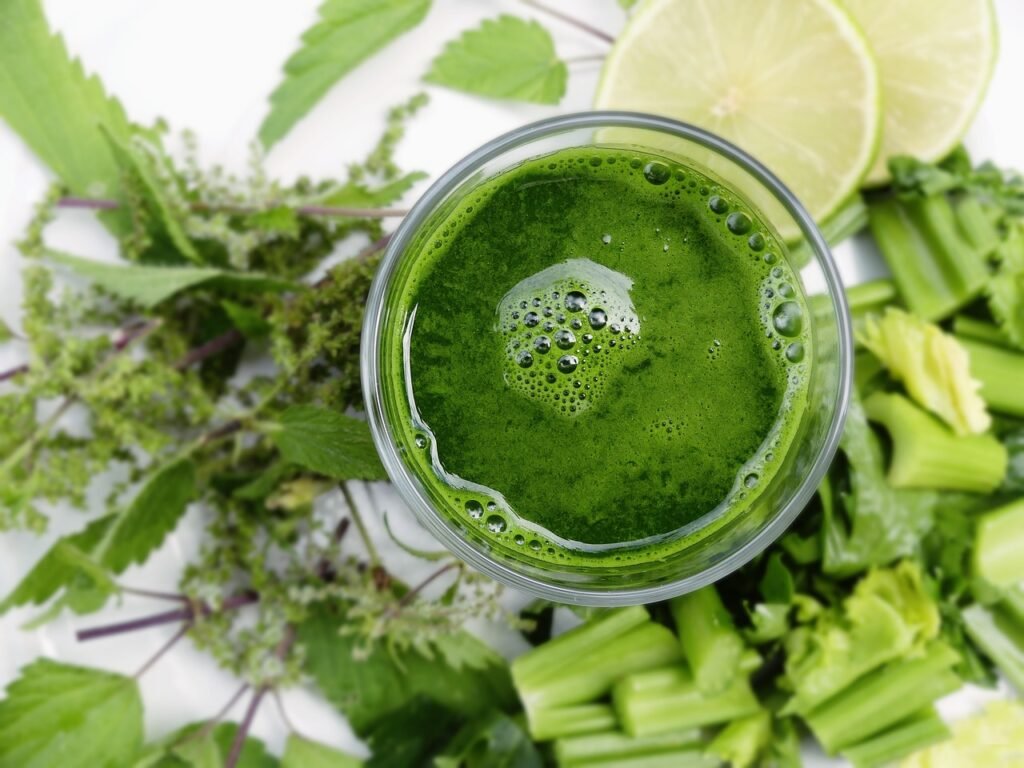Are Manual Juicers Good?
Manual juicers can be a convenient and cost-effective way to extract juice from your favorite fruits and vegetables. In this article, we’ll explore the benefits of manual juicers, how they work, and whether they’re a good investment for your kitchen. So, let’s dive in and find out if manual juicers are worth it for you.
Benefits of Manual Juicers
Manual juicers come with a plethora of benefits that make them a popular choice among health enthusiasts and juice lovers. Here are a few advantages of using a manual juicer:
- Affordable: Manual juicers are often more affordable than their electric counterparts, making them a budget-friendly option for those who want to enjoy fresh juice without breaking the bank.
- Portable: Most manual juicers are compact and lightweight, making them easy to transport and use on-the-go. Whether you’re traveling or simply moving around your kitchen, manual juicers are a convenient choice.
- Easy to Clean: Manual juicers are usually easier to clean than electric juicers, as they have fewer parts and simple designs. This means less time spent cleaning up and more time enjoying your fresh juice.
- Preserves Nutrients: Manual juicers often preserve more nutrients in the juice due to their slower extraction process. This can result in healthier and more nutritious juice that’s better for your overall health.

How Manual Juicers Work
Manual juicers operate using a simple mechanism that allows you to manually extract juice from fruits and vegetables. Here’s how they typically work:
- Cutting: Start by cutting your fruits or vegetables into smaller pieces that can fit into the juicer’s chamber. This will make the juicing process smoother and more efficient.
- Juicing: Place the cut pieces into the juicer and start applying pressure to extract the juice. Depending on the type of manual juicer you have, you may need to turn a handle, crank a lever, or press down on the fruit to squeeze out the juice.
- Collecting: The extracted juice will flow out of the juicer and into a container or glass placed underneath. Make sure to position the container in the right place to avoid any spills.
- Discarding Pulp: Some manual juicers come with a built-in pulp container, while others may require you to manually remove the pulp. Simply discard the pulp after juicing to keep your juicer clean and ready for the next use.
Types of Manual Juicers
There are several types of manual juicers available on the market, each offering unique features and benefits. Here are some common types of manual juicers:
- Citrus Juicers: These juicers are specifically designed to extract juice from citrus fruits like oranges, lemons, and limes. They usually have a cone-shaped reamer that helps squeeze out the juice.
- Masticating Juicers: Masticating juicers use a slow and gentle process to extract juice from fruits and vegetables, preserving more nutrients and enzymes in the process. They’re great for leafy greens and hard veggies.
- Manual Press Juicers: Manual press juicers require you to press down on the fruit or vegetable to extract the juice. They’re often compact and easy to use, making them a popular choice for beginners.
- Manual Wheatgrass Juicers: These juicers are specifically designed to extract juice from wheatgrass and other leafy greens. They have a unique design that helps crush and extract juice from fibrous greens.

Are Manual Juicers Worth It?
Now that you know the benefits of manual juicers, how they work, and the different types available, you may be wondering if they’re worth the investment. Here are a few factors to consider:
- Frequency of Use: If you plan on juicing frequently and want a convenient way to extract juice at home, a manual juicer can be a great investment.
- Budget: Manual juicers are more affordable than electric juicers, making them a cost-effective option for those on a tight budget.
- Nutrient Preservation: Manual juicers tend to preserve more nutrients in the juice due to their slower extraction process. If you’re looking to maximize the health benefits of your juice, a manual juicer might be worth it.
- Portability: If you’re looking for a juicer that you can take with you on-the-go or easily move around your kitchen, a manual juicer is a convenient choice.

Tips for Using Manual Juicers
If you decide to invest in a manual juicer, here are a few tips to help you get the most out of your juicing experience:
- Prepare Your Ingredients: Cut your fruits and vegetables into smaller pieces before juicing to ensure a smoother and more efficient process.
- Apply Even Pressure: When juicing, make sure to apply even pressure to extract as much juice as possible from your ingredients. This will help maximize the yield and prevent any juice wastage.
- Clean Your Juicer Regularly: To ensure optimal performance and hygiene, make sure to clean your manual juicer after each use. Disassemble the parts and wash them with warm, soapy water to remove any pulp or residue.
- Experiment with Recipes: Don’t be afraid to try out different fruits and vegetables in your manual juicer to create unique and delicious juice combinations. Mix and match flavors to discover your favorite juice recipes.

Final Thoughts
In conclusion, manual juicers can be a great addition to your kitchen if you’re looking for an affordable, portable, and nutrient-preserving way to enjoy fresh juice at home. Consider the benefits and factors mentioned in this article to determine if a manual juicer is the right choice for you. Whether you’re a seasoned juicing enthusiast or a beginner looking to incorporate more fruits and vegetables into your diet, a manual juicer might just be the perfect tool to help you on your journey to a healthier lifestyle.

